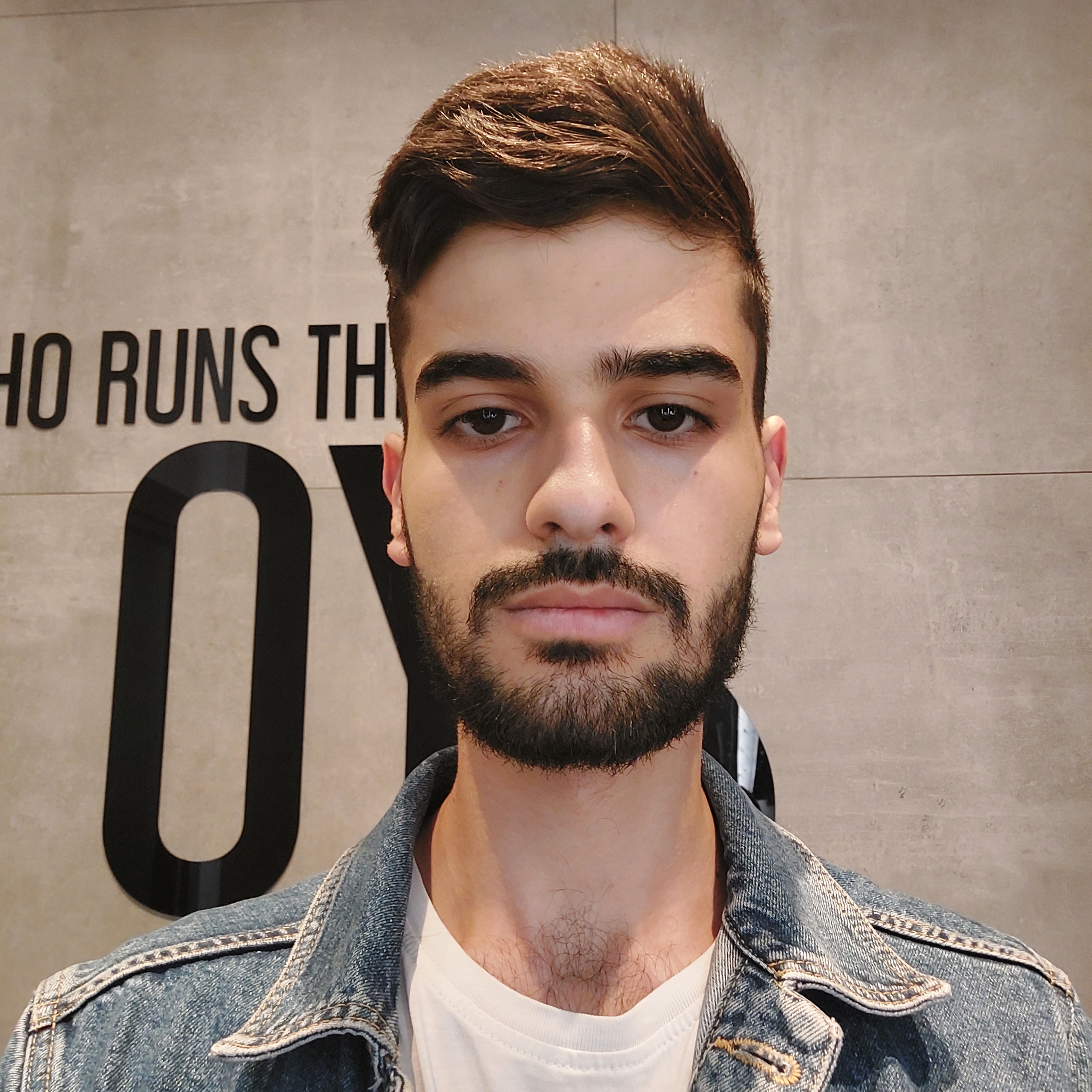Audio Presented by

Your favorite Full Stack Web Developer, I can build anything magically 🔮🪄 for you with React, NodeJS and Firebase 💻🧑
Story's Credibility



About Author
Your favorite Full Stack Web Developer, I can build anything magically 🔮🪄 for you with React, NodeJS and Firebase 💻🧑